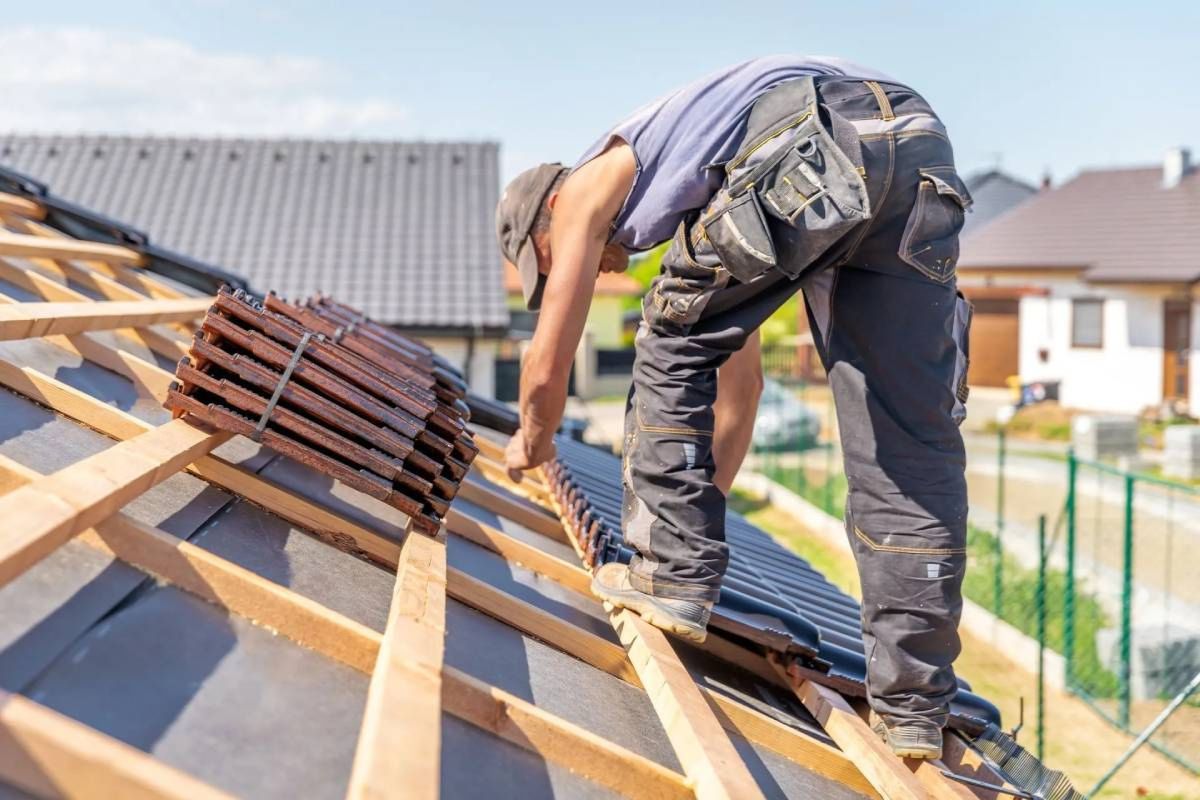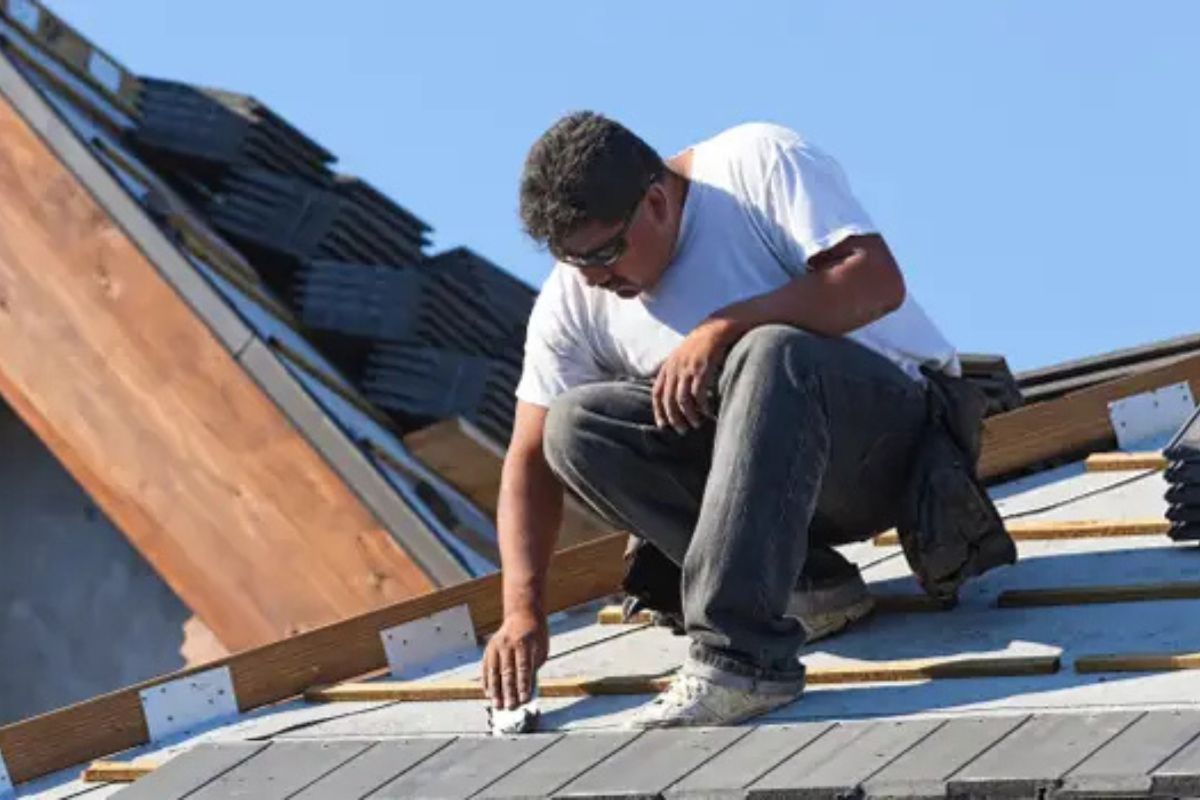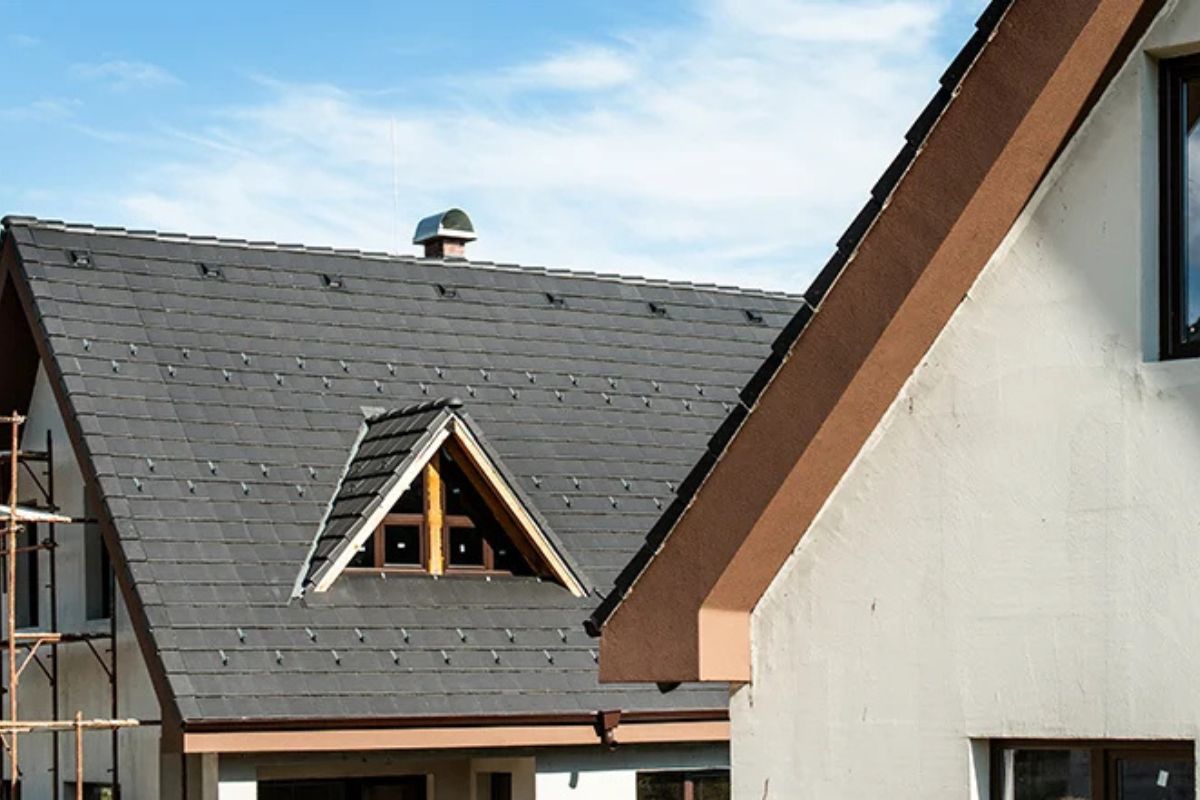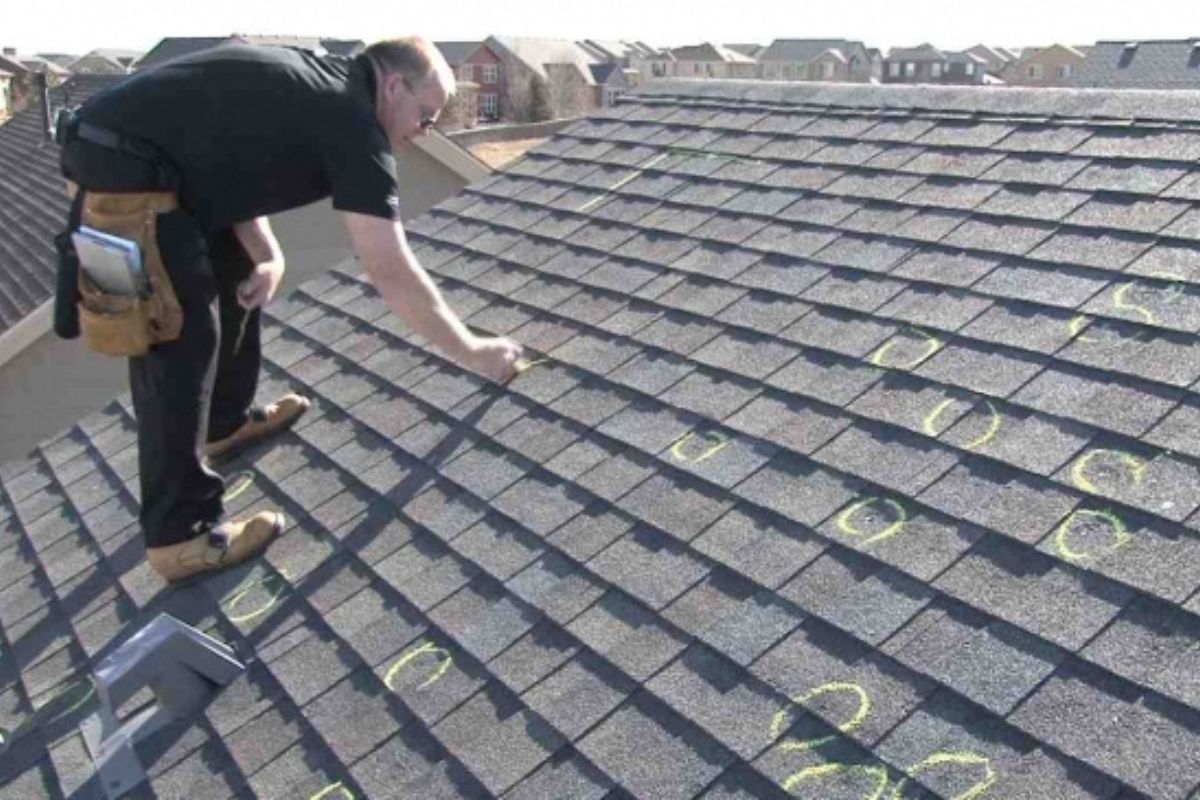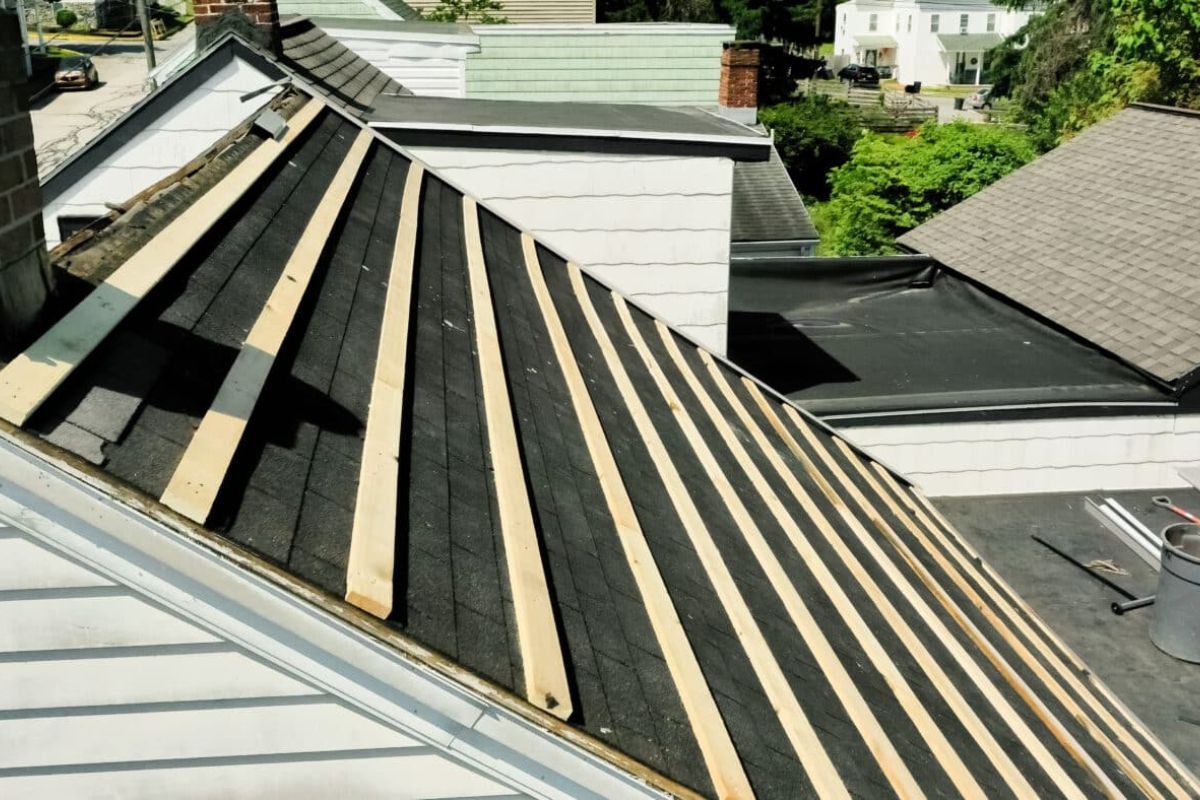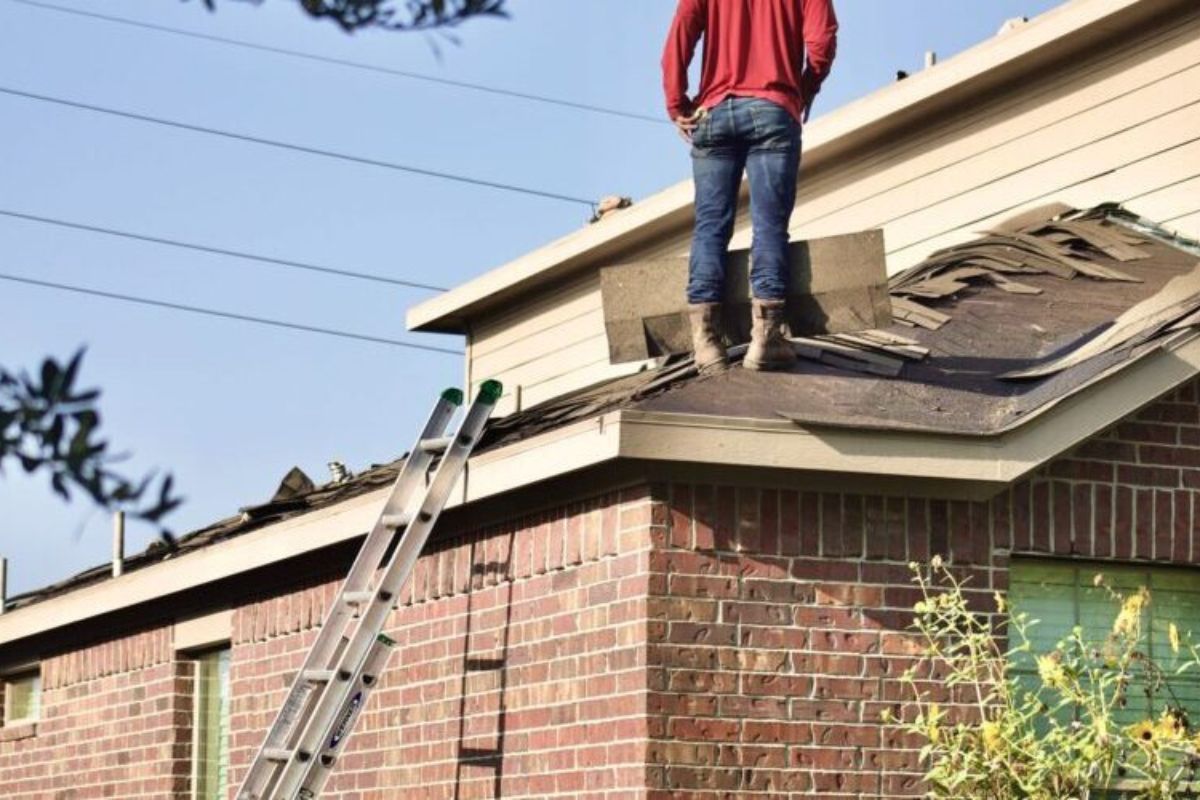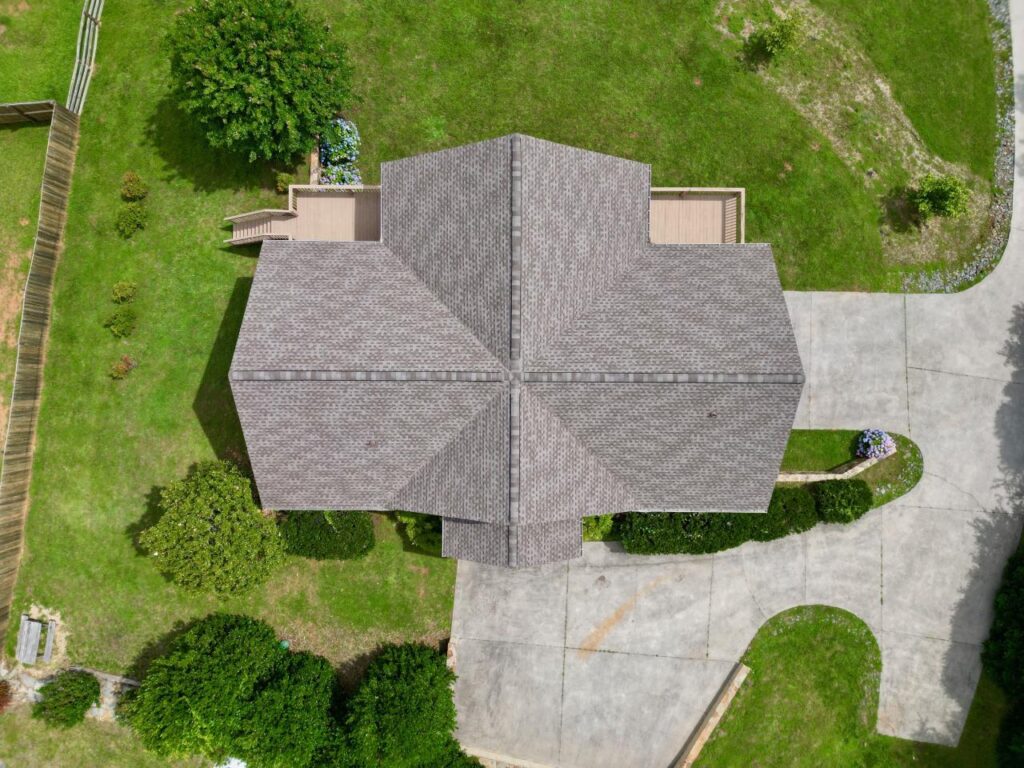Most people afford roof replacement through financing programs, insurance claims, and government grants. The average roof replacement costs $21,050 in 2025, but homeowners use multiple funding sources to manage this expense without paying cash upfront.
What Does Roof Replacement Cost in 2025?
Roof replacement costs range from $15,160 to $27,580 for most homes in 2025. Small homes under 1,000 square feet cost $9,000-$15,000, while large homes over 3,000 square feet cost $25,000-$40,000.
Material costs increased 15% since 2022 due to supply chain disruptions. Labor costs rose as fewer skilled roofers enter the workforce. Major manufacturers like Owens Corning, GAF, and CertainTeed announced 6-10% price increases starting April 2025.
Asphalt shingle roofs cost $4.50-$8.50 per square foot. Metal roofs average $17,762 for complete installation. Premium materials like slate and tile cost $650-$1,050 per square in expensive coastal cities.
Review our home roofing choices to compare different material options and costs.
How Do Most People Pay for New Roofs?
65-75% of homeowners use financing programs to pay for roof replacement. Cash payments represent less than 30% of roof projects according to industry data.
Insurance claims fund 26% of roof replacement projects, compared to 2% of other home improvement work. Storm damage, fire damage, and fallen trees trigger most insurance payouts.
Government grants provide free money for qualified low-income homeowners. Home equity loans offer the lowest interest rates for homeowners with significant equity. Personal loans work for homeowners without equity or collateral.
See our new replacement roofing services for complete project guidance.
When Does Insurance Pay for Roof Replacement?
Insurance covers roof replacement when damage results from covered perils like storms, fire, or falling objects. Standard homeowners policies cover 16 named perils that can damage roofs.
Covered events include:
- Hail and windstorm damage
- Fire and lightning strikes
- Falling trees or branches
- Ice and snow damage
Insurance excludes normal wear and tear, maintenance issues, and damage from neglect. Most insurers require roofs under 20 years old for full replacement cost coverage. Older roofs receive actual cash value coverage, which subtracts depreciation from payouts.
Replacement cost coverage pays full repair costs at current prices. Actual cash value coverage pays depreciated value minus the roof’s age and condition.
What Government Programs Help Pay for Roofs?
The Weatherization Assistance Program provides free roof replacement for low-income homeowners earning less than 200% of federal poverty level. This U.S. Department of Energy program prioritizes elderly families, disabled individuals, and households with young children.
USDA Section 504 grants give up to $50,000 for roof replacement to rural homeowners aged 62 and older. Very low-income homeowners under 62 can receive loans through the same program.
HUD Community Development Block Grants fund roof replacement through local government programs. Contact your local housing authority to learn about available programs in your area.
State and local programs exist in all 50 states. Many provide specialized assistance for seniors, veterans, and emergency repairs.
Browse our home roofing gallery to see completed replacement projects.
How Does Contractor Financing Work?
Roofing contractors partner with lenders to offer financing up to $65,000 with 12-month interest-free terms. Most contractors use third-party lenders like GreenSky, Synchrony, or local banks.
Approval takes minutes for qualified homeowners. No money down options exist for most projects. Extended payment plans range from 2-10 years with competitive interest rates.
Contractor financing benefits:
- Same-day approval and funding
- No separate loan application process
- Coordination between contractor and lender
Ridgeline Roofing financing offers up to $65,000 with 12 months interest-free for qualified homeowners through GreenSky partnership.
What Are Home Equity Loan Options?
Home equity loans provide the lowest interest rates for roof replacement financing. Homeowners borrow against their home’s equity at rates typically 2-4% lower than personal loans.
Home Equity Line of Credit (HELOC) works like a credit card secured by home equity. Traditional home equity loans provide lump sum payments with fixed interest rates.
FHA 203(k) rehabilitation loans let homeowners finance up to $35,000 for roof replacement into their mortgage. Reverse mortgages allow homeowners over 62 to withdraw equity for home maintenance without monthly payments.
Equity requirements typically need 15-20% equity minimum. Closing costs range from $2,000-$5,000 for most loans.
Learn about our residential metal roof installations for durable, long-term solutions.
How Do Personal Loans Work for Roofs?
Personal loans offer $5,000-$50,000 for roof replacement without collateral requirements. Banks, credit unions, and online lenders provide unsecured loans based on credit score and income.
Interest rates range from 6-36% depending on credit score. Repayment terms typically span 2-7 years. Approval times range from same-day to one week.
Good credit scores (700+) qualify for rates under 10%. Fair credit scores (600-699) face rates of 15-25%. Poor credit scores (below 600) may not qualify or face rates above 30%.
Can Credit Cards Pay for Roof Replacement?
Credit cards work for roof replacement when homeowners have 0% APR promotional offers or high credit limits. Many contractors accept credit card payments for materials and labor.
0% APR cards provide 12-21 months interest-free financing. Rewards cards offer cash back or points on large purchases. Business credit cards provide higher limits for property owners.
Credit card benefits:
- Immediate funding availability
- Consumer protection features
- Rewards earning potential
Credit card drawbacks include high interest rates after promotional periods and credit utilization impact on credit scores.
What Creative Funding Options Exist?
Homeowners sell unused assets, start side businesses, or combine multiple funding sources to afford roof replacement. Asset sales include vehicles, collectibles, jewelry, and recreational equipment.
Side income sources like rideshare driving, food delivery, freelancing, and online sales generate additional roof replacement funds. Seasonal work during contractor off-seasons reduces labor costs by 10-20%.
Family loans offer flexible terms without credit requirements. Community programs through churches, charities, and local organizations provide emergency assistance.
How Should You Choose Financing Options?
Compare interest rates, terms, and fees across multiple lenders before selecting roof replacement financing. Total cost includes principal, interest, and any origination fees or closing costs.
Emergency repairs require fast funding through contractor financing or credit cards. Planned replacements allow time to shop for the best rates through home equity loans or personal loans.
Credit score impacts vary by loan type. Home equity loans require good credit and significant equity. Personal loans work for moderate credit scores. Contractor financing accepts wider credit ranges.
What Should You Avoid When Financing Roofs?
Avoid door-to-door contractors demanding large upfront payments or pressuring immediate decisions. Legitimate contractors provide written estimates and allow time for consideration.
High-pressure financing offers with excessive interest rates or hidden fees cost thousands extra. Unqualified contractors without proper licensing and insurance create liability risks.
Red flags include:
- Requests for full payment upfront
- No written contracts or estimates
- Pressure to sign immediately
Verify contractor licenses through state databases. Check Better Business Bureau ratings and online reviews. Get multiple estimates from different contractors.
Check our FAQ section for answers to common roofing questions.
How Can You Maximize Your Roof Investment?
Schedule annual roof inspections to prevent small problems from becoming expensive repairs. Professional inspections cost $240-$571 but identify issues early.
Maintain gutters, trim tree branches, and repair loose shingles immediately to extend roof lifespan. Proper attic ventilation prevents ice dams and moisture damage.
Warranty coverage protects your investment. Contractor warranties cost $500-$2,000 while manufacturer warranties range from $500-$5,000. Extended warranties include annual inspections and minor repairs.
Energy-efficient materials like metal roofing and impact-resistant shingles reduce insurance premiums by 5-35% in some areas.
View our commercial roofing gallery for examples of professional installations.
When Should You Replace Your Roof?
Replace roofs showing missing shingles, water stains, or structural damage before problems worsen. Emergency repairs cost more than planned replacements and may not qualify for financing programs.
Roof age determines replacement timing. Asphalt shingles last 20-25 years, metal roofs last 40-70 years, and tile roofs last 50+ years. Professional inspections identify replacement needs before leaks occur.
Storm damage requires immediate attention to prevent interior damage. Insurance claims must be filed promptly to meet policy deadlines.
See our replacing after hail project for storm damage replacement examples.
Contact Ridgeline Roofing for professional roof inspection and financing consultation. We provide free estimates and help homeowners find the best financing options for their situation.
People afford roof replacement through financing programs, insurance claims, and government assistance rather than cash payments. Multiple funding sources make this major home improvement accessible to homeowners at all income levels.onsultation. We provide free estimates and help homeowners find the best financing options for their situation.

